Slytherin-grin-blog - Quite Unpleasant

More Posts from Slytherin-grin-blog and Others

Scott Kelly Was the First To…

Astronaut Scott Kelly returned home from his year in space mission on March 1. Spending that much time in space allowed him to rack up some pretty cool milestones. Here are some of his awesome “firsts”:
Firsts on Social Media

While in space, Scott Kelly had the opportunity to host the first NASA TweetChat from space.

The first ever Tumblr AnswerTime from space was hosted by Scott Kelly during his One Year Mission.

Scott Kelly hosted the first NASA Reddit AMA from space.

Before leaving for his year in space, President Obama asked him to Instagram his time on orbit…a Presidential request to Instagram is a first!
Firsts for Scott

During his year in space, Scott conducted his first spacewalk. He hadn’t spacewalked on any of his previous missions, but did so three times during the One Year Mission.
Firsts for an American Astronaut

Most notably, Scott Kelly is the first U.S. astronaut to spend a year in space. His time on orbit also allowed us to conduct the first ever Twins Study on the space station. While Scott was in space, his twin brother Mark Kelly was on Earth. Since their genetic makeup is as close to identical as we can get, this allows a unique research perspective. We can now compare all of the results from Scott in space to his brother Mark on Earth.

During his year in space, Scott had the opportunity to be one of the first astronauts to harvest and eat lettuce grown in the space station’s VEGGIE facility.

Space flowers! Scott was also one of the firsts to help grow and harvest zinnia flowers in the VEGGIE facility. Growing flowering plants in space will help scientists learn more about growing crops for deep-space missions and our journey to Mars.
Make sure to follow us on Tumblr for your regular dose of space: http://nasa.tumblr.com


•the few: we are such a relatively small group of people, and whether we grow, shrink or stay the same, i love that about us. a good friend and respected journalist said to me, “it’s the only non-exclusive clique i’ve ever seen.”
•the proud: when you observe any of these individuals in their individual lives, this word may not fit, but when you witness these individuals gather together in to one room they become one thinking organism, an organism that is proud of at least one thing, it is alive.
•the emøtiønal: this is who we are. to suppress or ignore this would be one step closer to not existing. music takes what little emotion we may have and cradles it, protects it, and nourishes it.
::emøtiønal:: we are that. and that is good. |-/
100th Anniversary of Einstein’s Theory of Relativity
One hundred years ago this month, Albert Einstein published his theory of general relativity (GR), one of the most important scientific achievements in the last century.

A key result of Einstein’s theory is that matter warps space-time, and thus a massive object can cause an observable bending of light from a background object. The first success of the theory was the observation, during a solar eclipse, that light from a distant background star was deflected by the predicted amount as it passed near the sun.
When Einstein developed the general theory of relativity, he was trying to improve our understanding of how the universe works. At the time, Newtonian gravity was more than sufficient for any practical gravity calculations. However, as often happens in physics, general relativity has applications that would not have been foreseen by Einstein or his contemporaries.

How many of us have used a smartphone to get directions? Or to tag our location on social media? Or to find a recommendation for a nearby restaurant? These activities depend on GPS. GPS uses radio signals from a network of satellites orbiting Earth at an altitude of 20,000 km to pinpoint the location of a GPS receiver. The accuracy of GPS positioning depends on precision in time measurements of billionths of a second. To achieve such timing precision, however, relativity must be taken into account.
Our Gravity Probe B (GP-B) mission has confirmed two key predictions derived from Albert Einstein’s general theory of relativity, which the spacecraft was designed to test. The experiment, launched in 2004, and measured the warping of space and time around a gravitational body, and frame-dragging, the amount a spinning object pulls space and time with it as it rotates.
Scientists continue to look for cracks in the theory, testing general relativity predictions using laboratory experiments and astronomical observations. For the past century, Einstein’s theory of gravity has passed every hurdle.
Make sure to follow us on Tumblr for your regular dose of space: http://nasa.tumblr.com
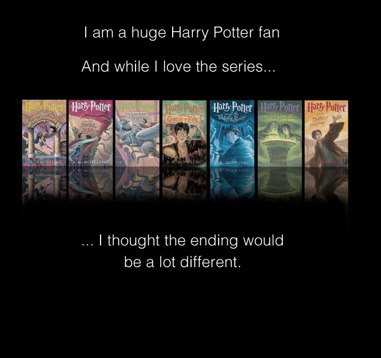
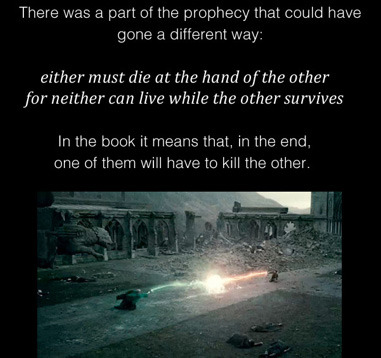

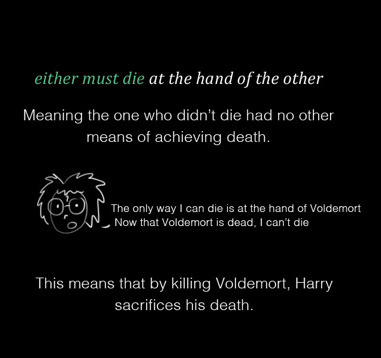

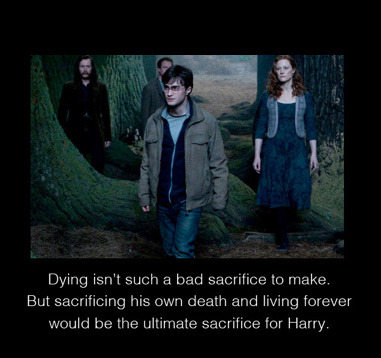

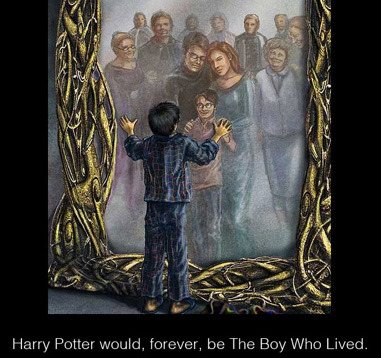


“You heard it here first everybody, no Sherlock.”

















![Harry Potter Book Club [Insp]](https://64.media.tumblr.com/a09ffd44f05a4bb3011900c1a4a4d431/tumblr_o3aebcTmgR1tsompdo2_r1_500.jpg)
![Harry Potter Book Club [Insp]](https://64.media.tumblr.com/160e21a511516278a063d2410ad7e8d9/tumblr_o3aebcTmgR1tsompdo9_r1_500.jpg)
![Harry Potter Book Club [Insp]](https://64.media.tumblr.com/1fb3597e57f18e7c4bc354a54b809b9f/tumblr_o3aebcTmgR1tsompdo1_500.jpg)
![Harry Potter Book Club [Insp]](https://64.media.tumblr.com/169ae847423e25765f5fbe38270c2e86/tumblr_o3aebcTmgR1tsompdo5_r1_500.jpg)
![Harry Potter Book Club [Insp]](https://64.media.tumblr.com/2b1492d44ae9bb62f89b5def168a7bb8/tumblr_o3aebcTmgR1tsompdo8_r1_500.jpg)
![Harry Potter Book Club [Insp]](https://64.media.tumblr.com/28425847ac16a06aba300da58c9a8f7d/tumblr_o3aebcTmgR1tsompdo4_r1_500.jpg)
![Harry Potter Book Club [Insp]](https://64.media.tumblr.com/c4a0b13fe7e517bd12d0e8d07eccc182/tumblr_o3aebcTmgR1tsompdo3_r1_500.jpg)
![Harry Potter Book Club [Insp]](https://64.media.tumblr.com/fb2603e1524945c408cb97e4bf5aa442/tumblr_o3aebcTmgR1tsompdo6_r1_500.jpg)
![Harry Potter Book Club [Insp]](https://64.media.tumblr.com/572d46aa15f798af8d1558dc40498549/tumblr_o3aebcTmgR1tsompdo10_r1_500.jpg)
![Harry Potter Book Club [Insp]](https://64.media.tumblr.com/f91ce51348358baa4b8a43fff5d4ae64/tumblr_o3aebcTmgR1tsompdo7_r1_500.jpg)
Harry Potter Book Club [Insp]
-
 papertrailsstrewnacrossthefloor liked this · 8 years ago
papertrailsstrewnacrossthefloor liked this · 8 years ago -
 karren5 liked this · 8 years ago
karren5 liked this · 8 years ago -
 shizuka-nishite liked this · 8 years ago
shizuka-nishite liked this · 8 years ago -
 dopesublimeunknown-blog liked this · 8 years ago
dopesublimeunknown-blog liked this · 8 years ago -
 esteicy-blog liked this · 8 years ago
esteicy-blog liked this · 8 years ago -
 fckn-geek liked this · 8 years ago
fckn-geek liked this · 8 years ago -
 rainbowxmisa reblogged this · 8 years ago
rainbowxmisa reblogged this · 8 years ago -
 cinnamonmarc liked this · 8 years ago
cinnamonmarc liked this · 8 years ago -
 hsapp1257-blog liked this · 8 years ago
hsapp1257-blog liked this · 8 years ago -
 awkward-and-shy-bitch liked this · 8 years ago
awkward-and-shy-bitch liked this · 8 years ago -
 cactus-snaps liked this · 8 years ago
cactus-snaps liked this · 8 years ago -
 harryjacksonissherlocked liked this · 8 years ago
harryjacksonissherlocked liked this · 8 years ago -
 carlavagirl liked this · 8 years ago
carlavagirl liked this · 8 years ago -
 excitable-pupper liked this · 8 years ago
excitable-pupper liked this · 8 years ago -
 random-stuff-enjoy reblogged this · 8 years ago
random-stuff-enjoy reblogged this · 8 years ago -
 simplycomplicatedleaf-blog liked this · 8 years ago
simplycomplicatedleaf-blog liked this · 8 years ago -
 nyxillian-nyxus-night liked this · 8 years ago
nyxillian-nyxus-night liked this · 8 years ago -
 cyber-queenv-blog liked this · 8 years ago
cyber-queenv-blog liked this · 8 years ago -
 auror-demigod-jedi-avenger--blog liked this · 8 years ago
auror-demigod-jedi-avenger--blog liked this · 8 years ago -
 undertoweyes liked this · 8 years ago
undertoweyes liked this · 8 years ago -
 imkindofahugemesssofuckingw-blog liked this · 8 years ago
imkindofahugemesssofuckingw-blog liked this · 8 years ago -
 slytherinnightchanges liked this · 8 years ago
slytherinnightchanges liked this · 8 years ago -
 rgale15 liked this · 8 years ago
rgale15 liked this · 8 years ago -
 ur-worse-than-a-snake-ur-do-blog liked this · 8 years ago
ur-worse-than-a-snake-ur-do-blog liked this · 8 years ago -
 z-malfoy-trash-blog reblogged this · 9 years ago
z-malfoy-trash-blog reblogged this · 9 years ago -
 z-malfoy-trash-blog liked this · 9 years ago
z-malfoy-trash-blog liked this · 9 years ago -
 strange-persona liked this · 9 years ago
strange-persona liked this · 9 years ago -
 pinkachuu liked this · 9 years ago
pinkachuu liked this · 9 years ago -
 propertyofhisoka liked this · 9 years ago
propertyofhisoka liked this · 9 years ago -
 agentmogar42 liked this · 9 years ago
agentmogar42 liked this · 9 years ago -
 itsmisslaceynoel liked this · 9 years ago
itsmisslaceynoel liked this · 9 years ago -
 zarter4eva liked this · 9 years ago
zarter4eva liked this · 9 years ago -
 lei-aj liked this · 9 years ago
lei-aj liked this · 9 years ago -
 animaatra liked this · 9 years ago
animaatra liked this · 9 years ago -
 healingasadisaster liked this · 9 years ago
healingasadisaster liked this · 9 years ago -
 glitteryangell liked this · 9 years ago
glitteryangell liked this · 9 years ago